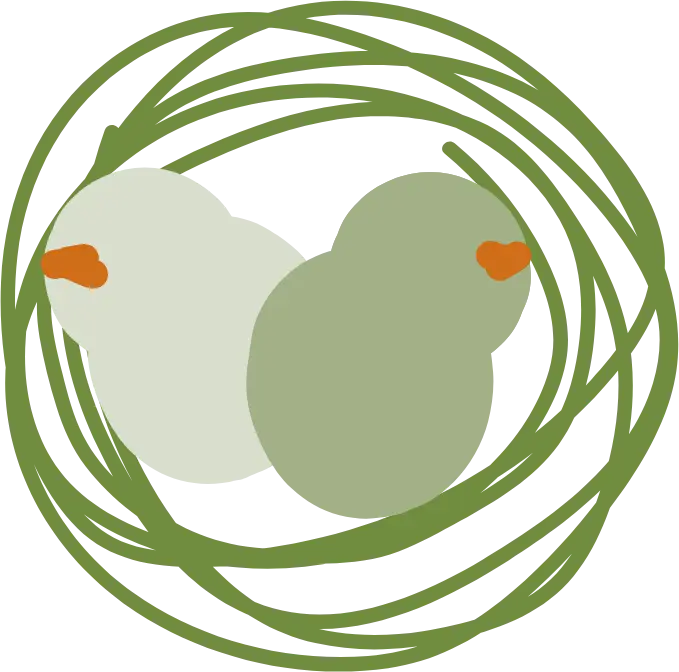
(ages 6-11)
Primary, hatchling
At this stage, we continue deepening self-awareness, values, physical development, and friendships. We understand how the school works, recognize and manage our emotions, and feel at ease in our routines. We’re ready for new types of learning, guided by our mentors through active and experiential learning.
Everything is designed to let curiosity take the lead—it becomes the key to direct communication with the brain, triggering active listening and new neural connections for lasting integration of knowledge. Emotional support, socialization, autonomy, and cognitive development continue to be priorities.
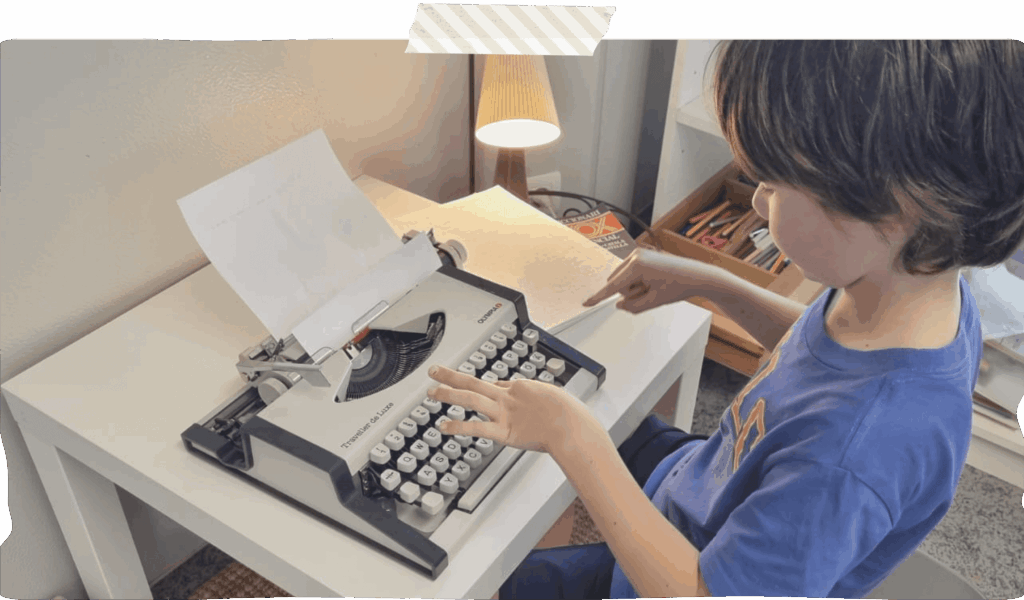
BRAIN DEVELOPMENT
Between ages 6 and 12, the brain continues to develop, now with greater capacity for academic learning and complex cognitive skills. Areas related to executive function, attention, memory, and abstract thinking are more developed, allowing for improved reasoning, problem-solving, and independence. Emotional regulation, however, still requires guidance.
STAGE OBJECTIVES
Foster trust, safety, and emotional well-being.
Create a safe, respectful environment amid growth and change.
Develop respect for rules and shared living agreements.
Strengthen social-emotional skills for healthy relationships.
Learn to manage emotions and understand others'.
Apply learning to real-life situations and problem-solving.
Begin abstract thinking: synthesis, abstraction, analysis.
Strengthen independent decision-making.
Promote artistic expression valuing creativity and process.
Encourage healthy, conscious eating.
Build communication skills in Spanish, Catalan, and English.

How we work?
At this stage, it is very important to keep the flame of curiosity alive. Additionally, we must promote communicative tools both to encourage healthy socialization by introducing values such as empathy and emotional management, and for meaningful work in curricular areas.
At Arimunani, we do not memorize concepts; instead, we reach our own conclusions for a lasting integration of learning. This goal, which is the core of our method, is achieved through self-discovery enabled by projects and individual research.
Assembly
A magical space where we share ideas, express feelings, decide which workshops we will attend today, and resolve conflicts. This tool fosters children’s autonomy and critical thinking, gives wings to their ideas, and makes them grow strong through the power of the group working as a whole. The assembly helps develop patience, empathy, expressiveness, the organization of a well-structured speech, and the ability to present and speak in public—tools of immeasurable power for a future where who you are truly matters.
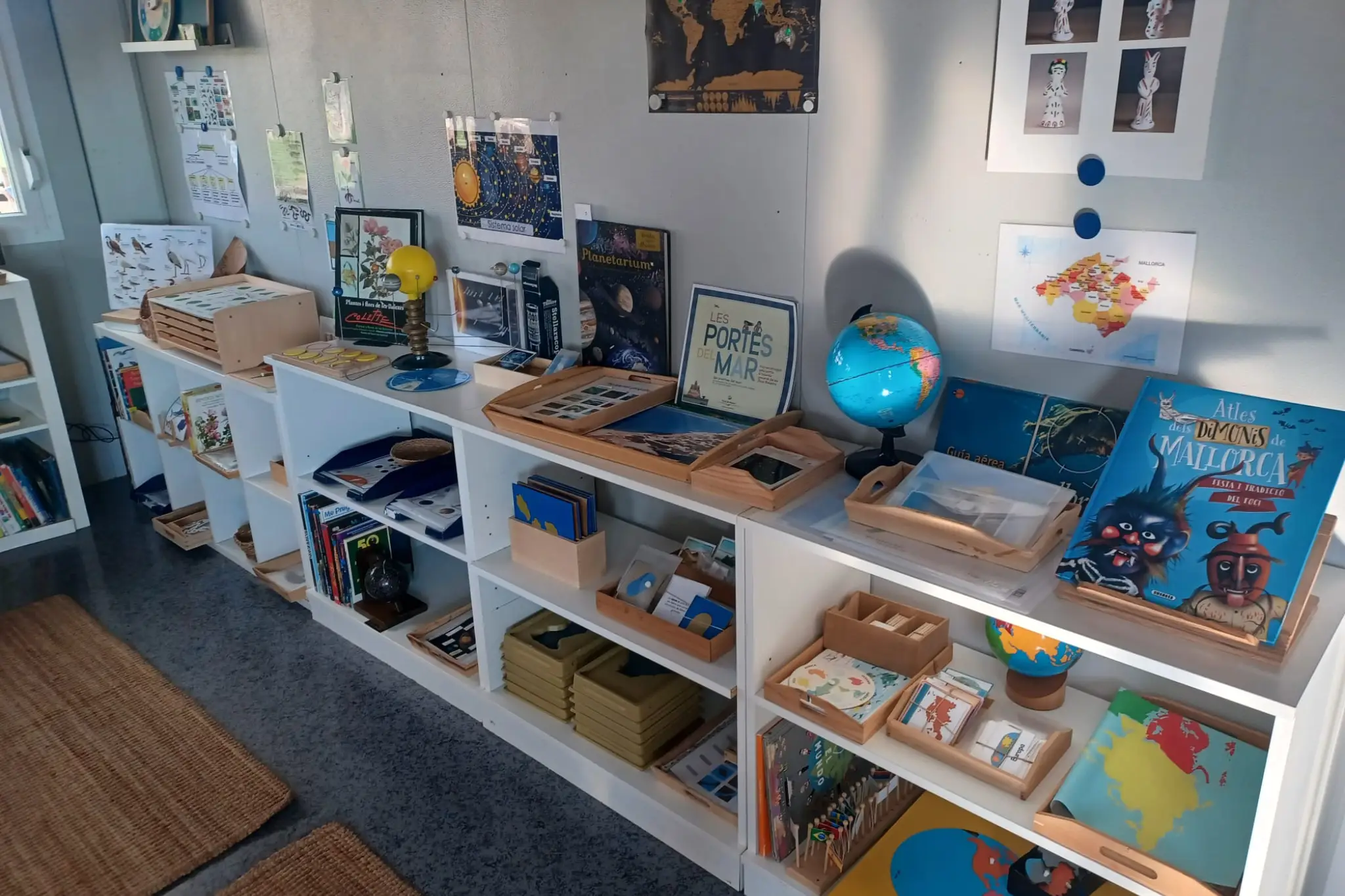
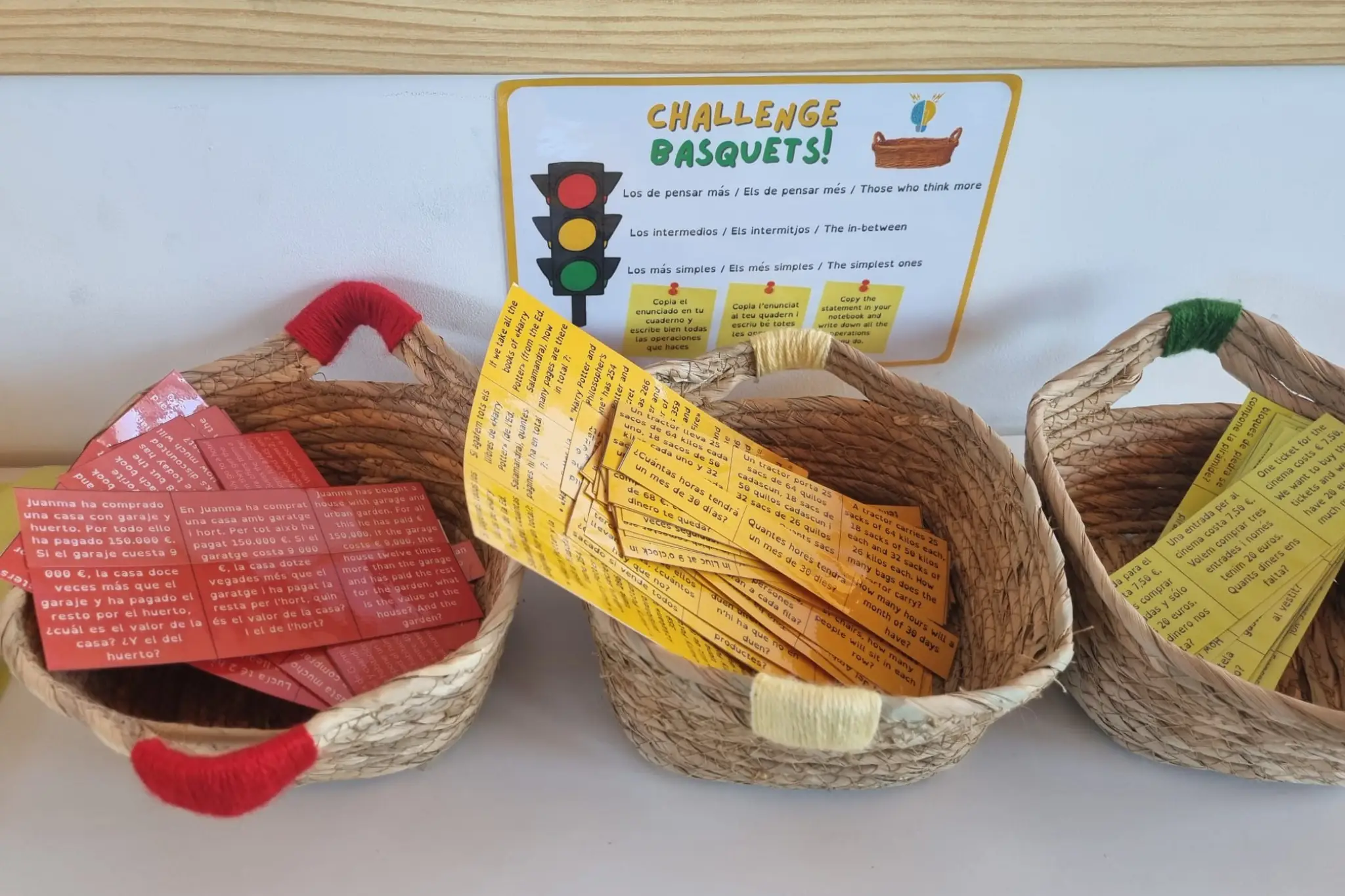
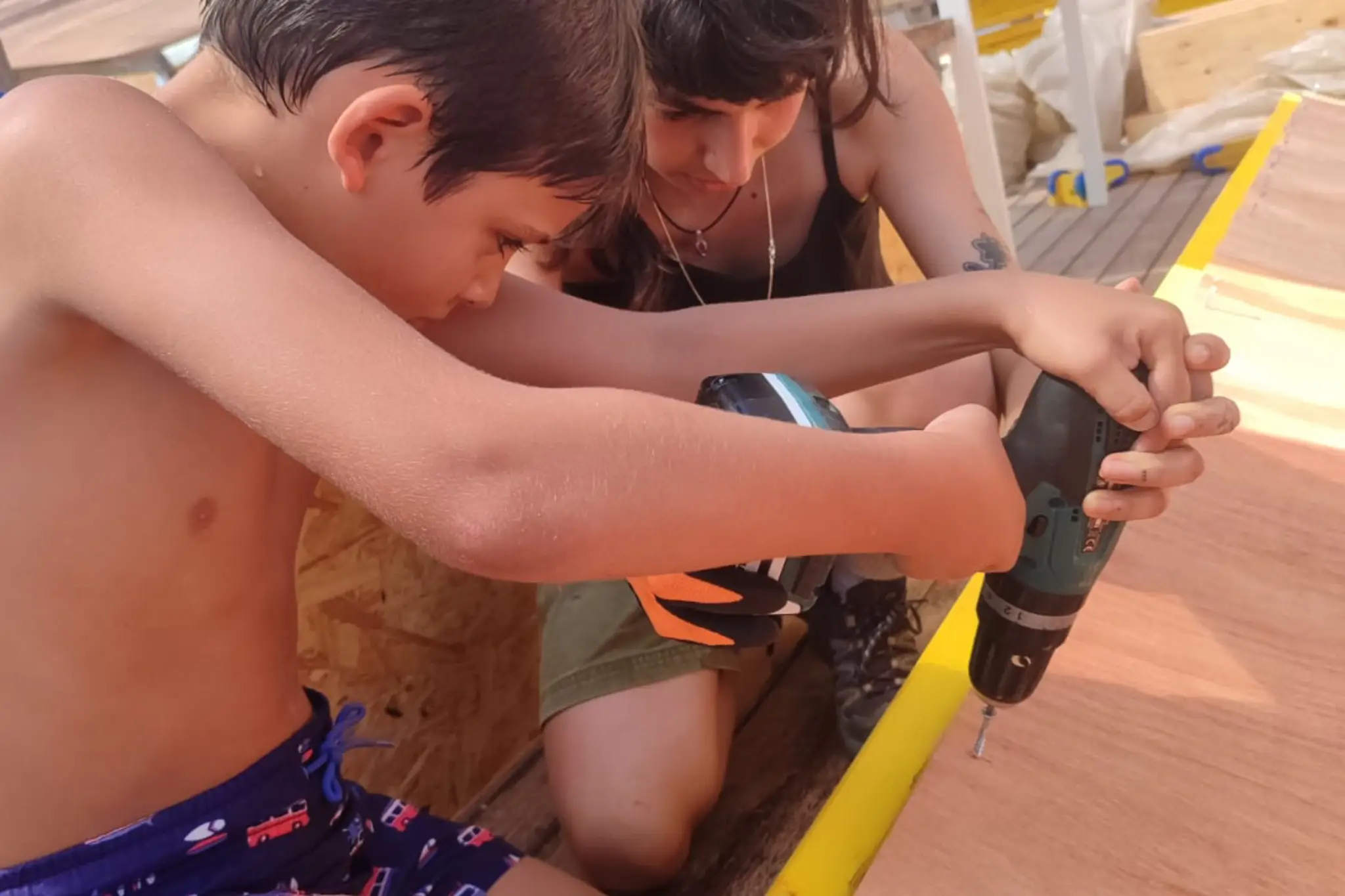
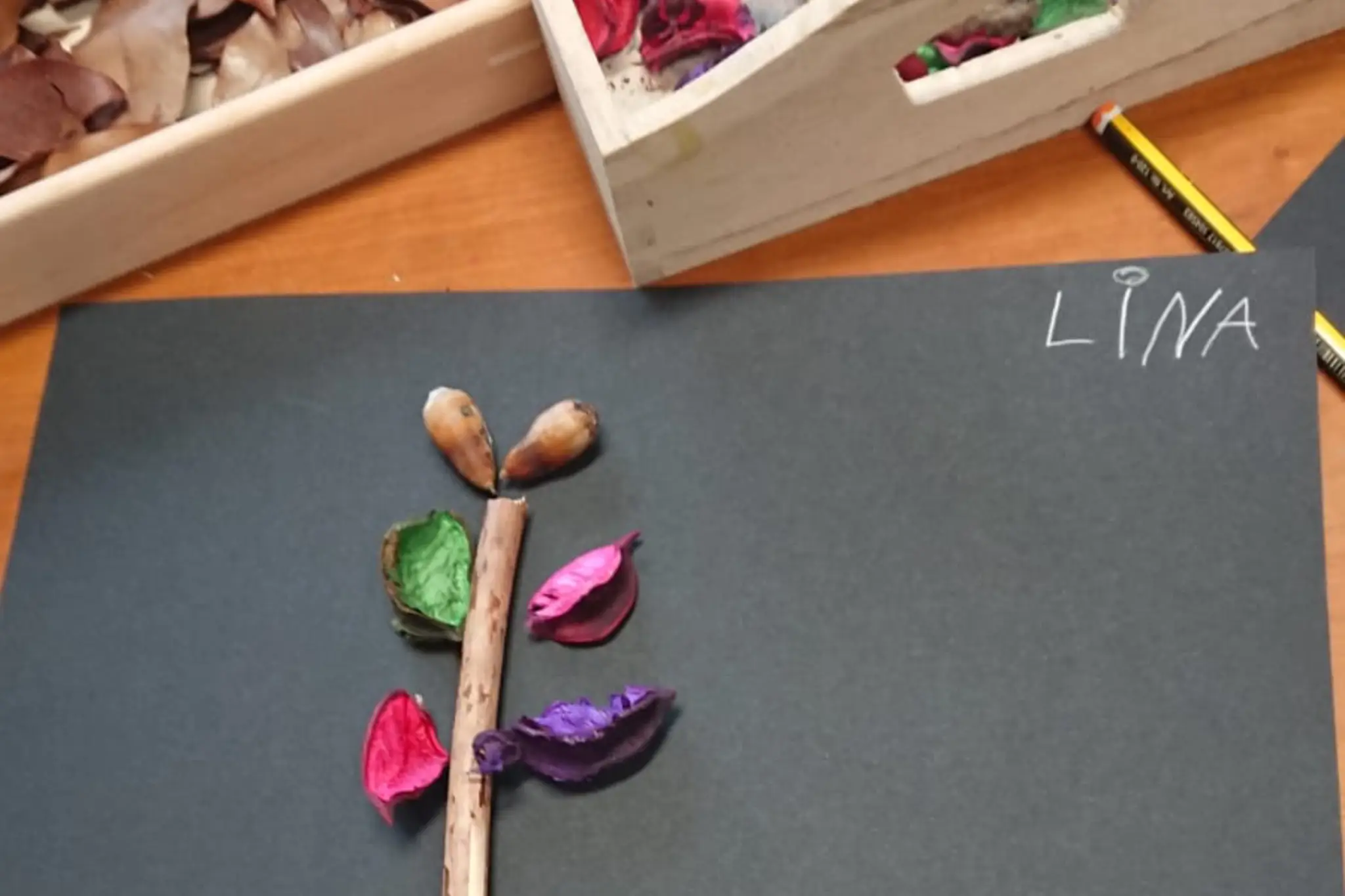
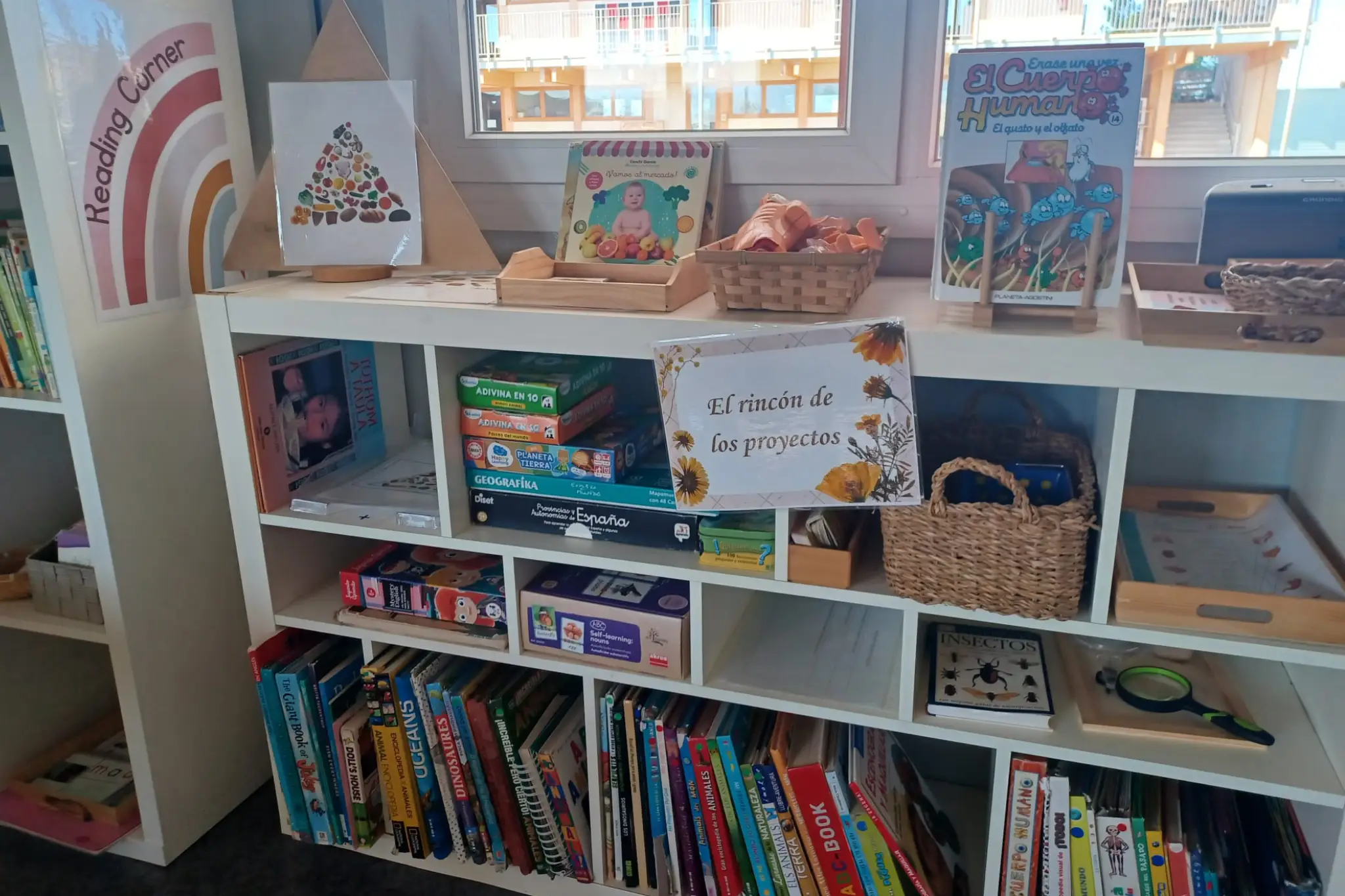
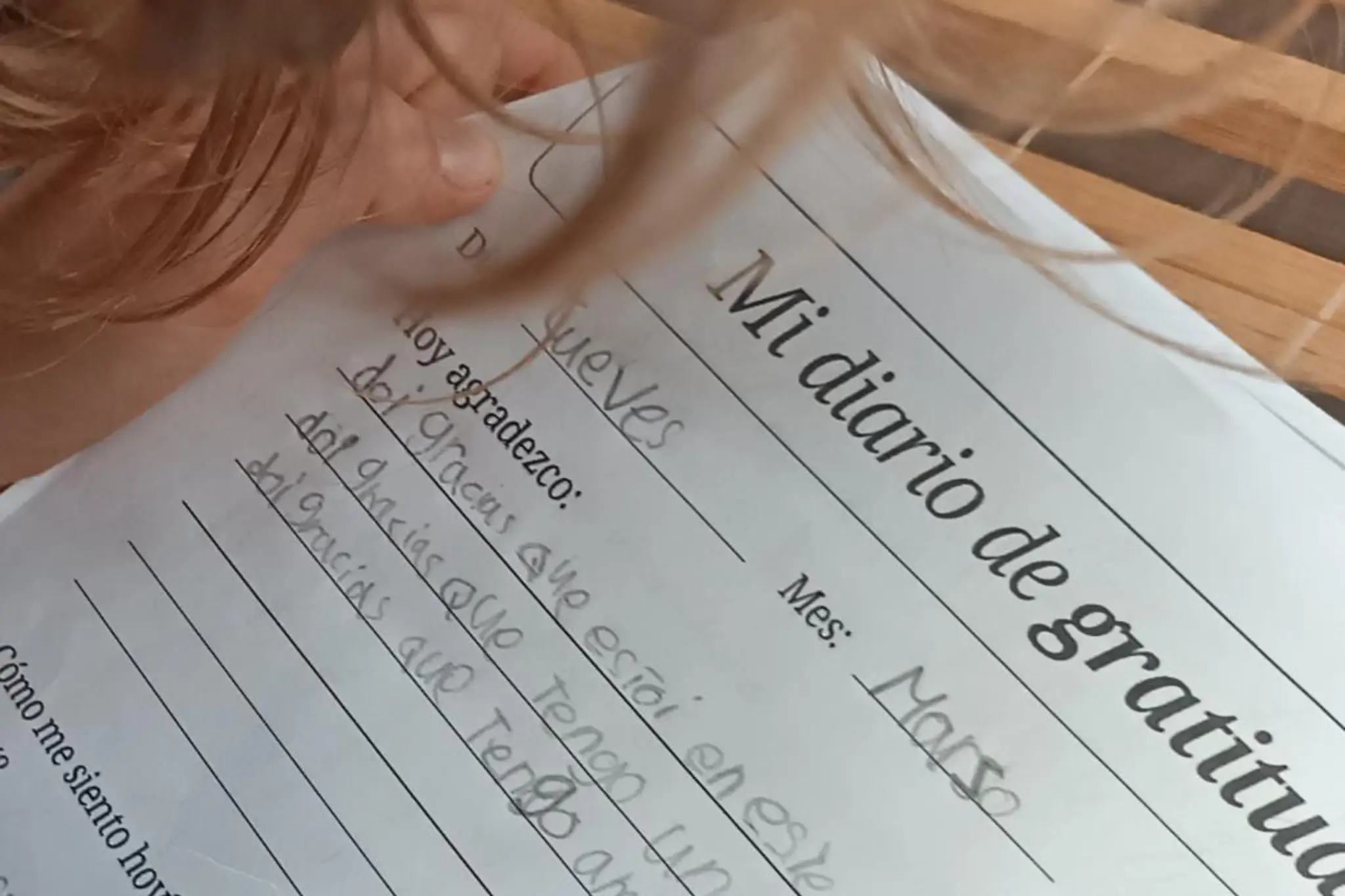
Environment
It is a meticulously prepared space where children can make the appropriate learnings for each stage, whether curricular or life-related. These environments are enriched with cutting-edge pedagogical materials designed for their progressive and experiential learning. The environments promote concentration, teamwork, and autonomous learning through a sequenced arrangement of materials to support the student’s progress in different knowledge areas.
Environments for this stage: Art, Science, Emotional Development, Languages, Math, Media Library, Mou-T.
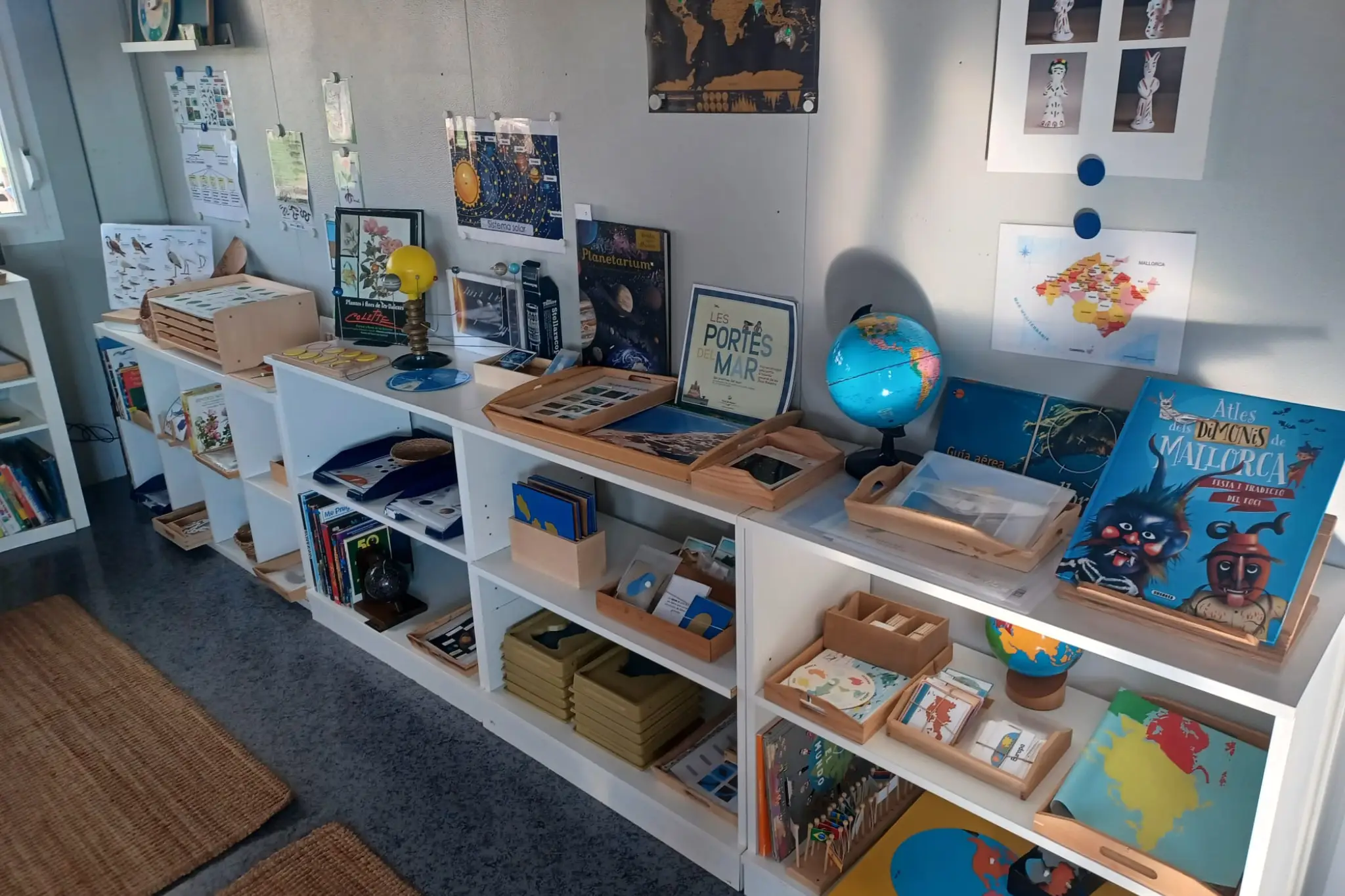
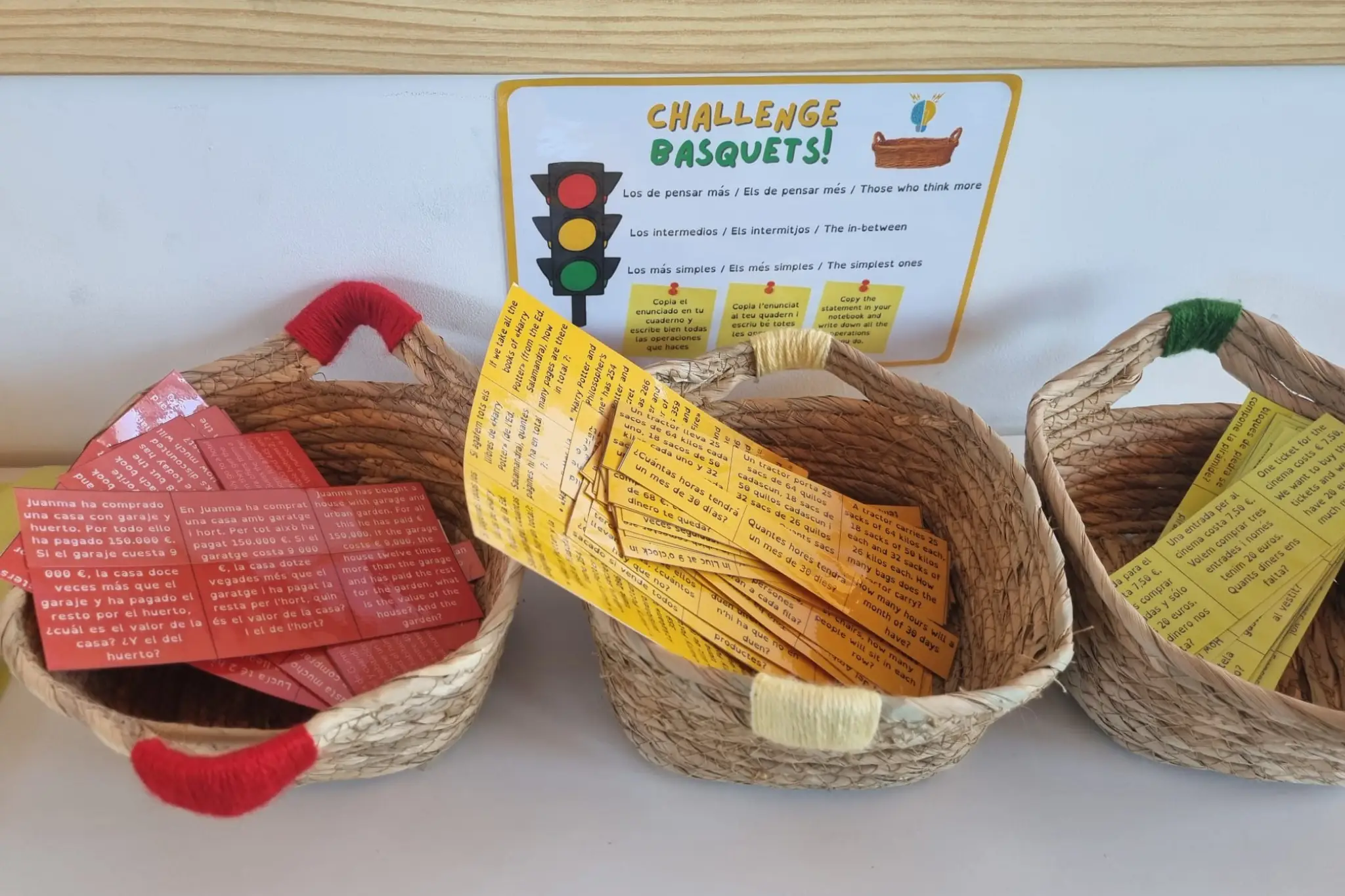
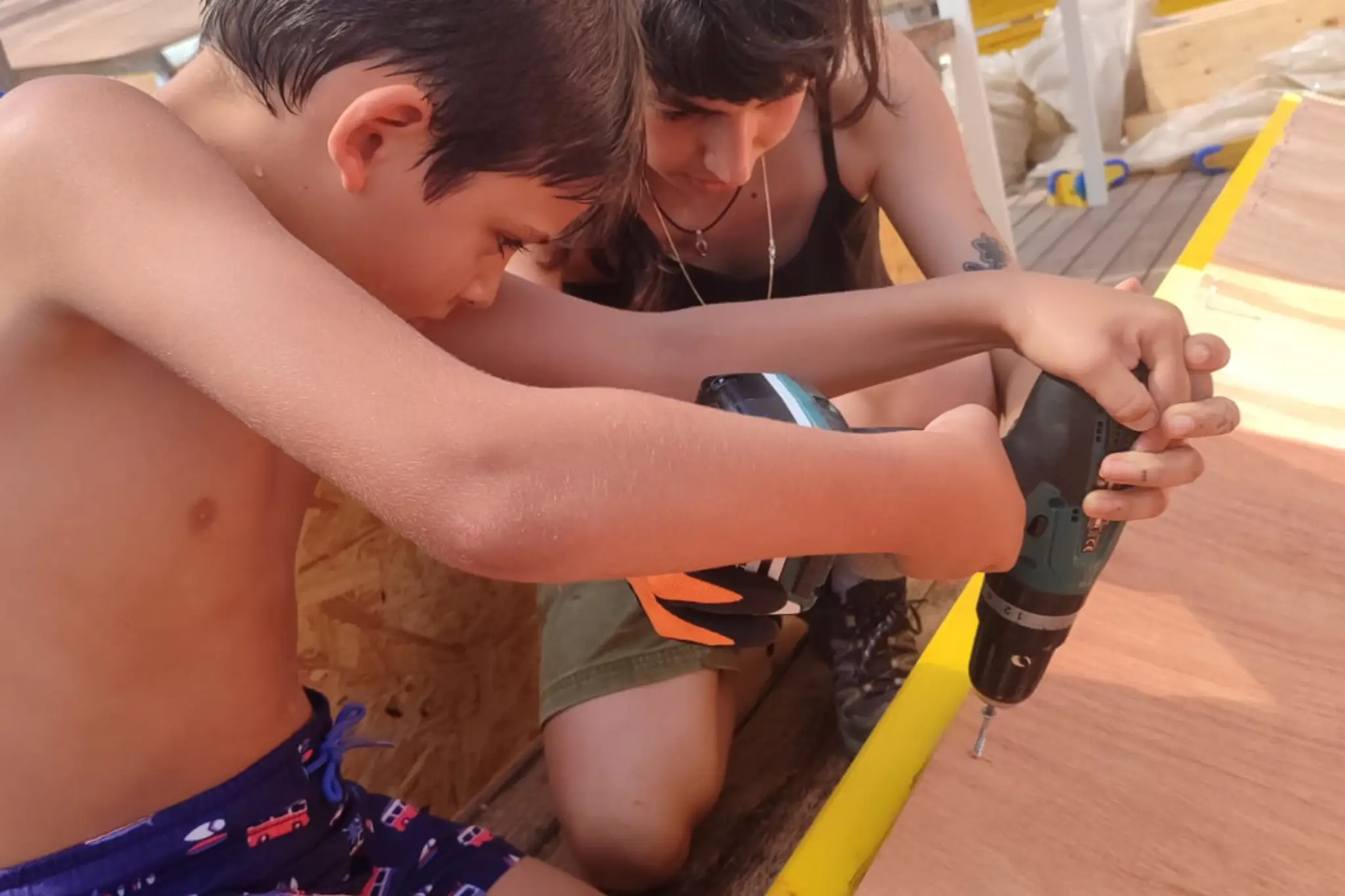
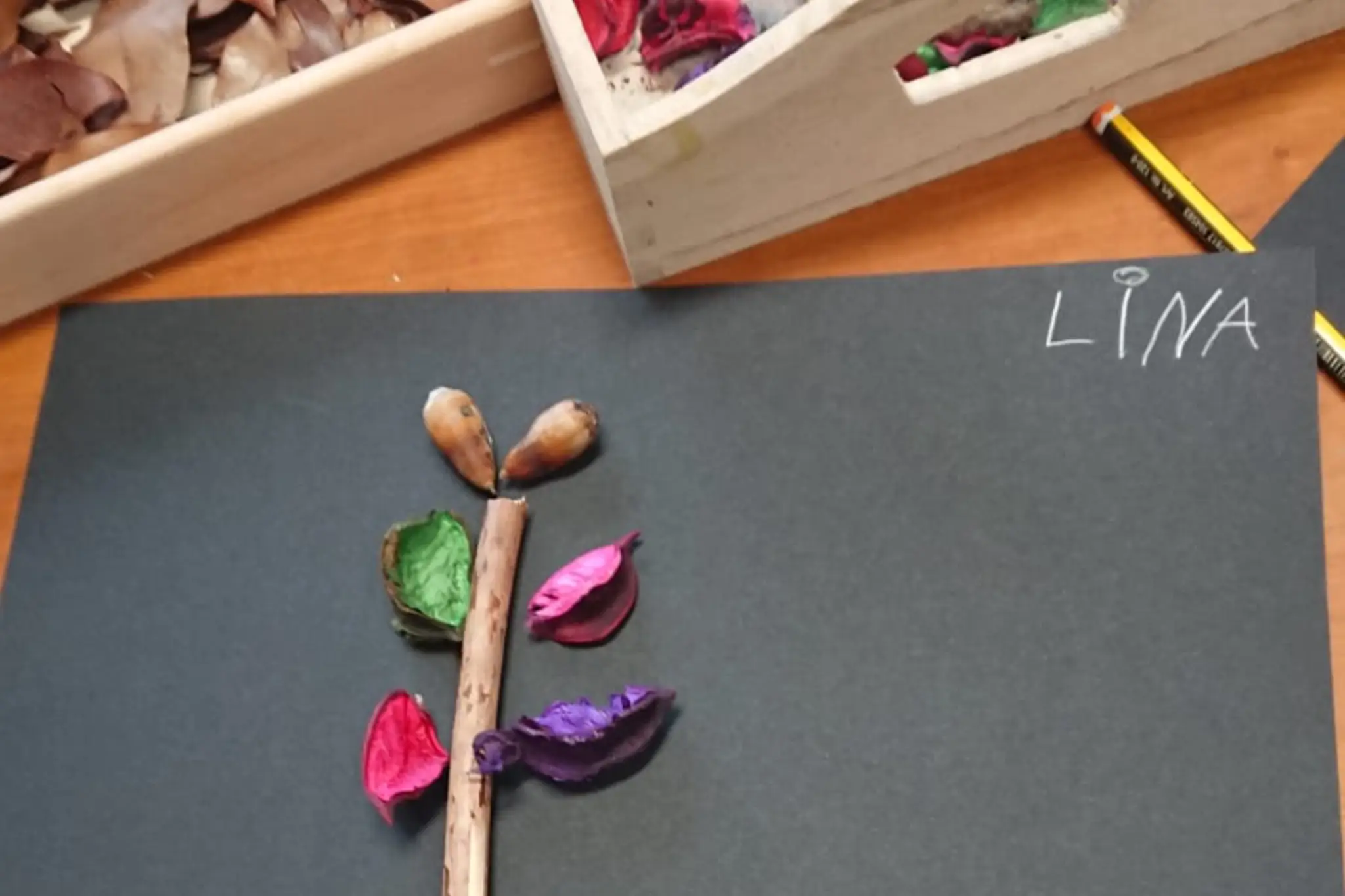
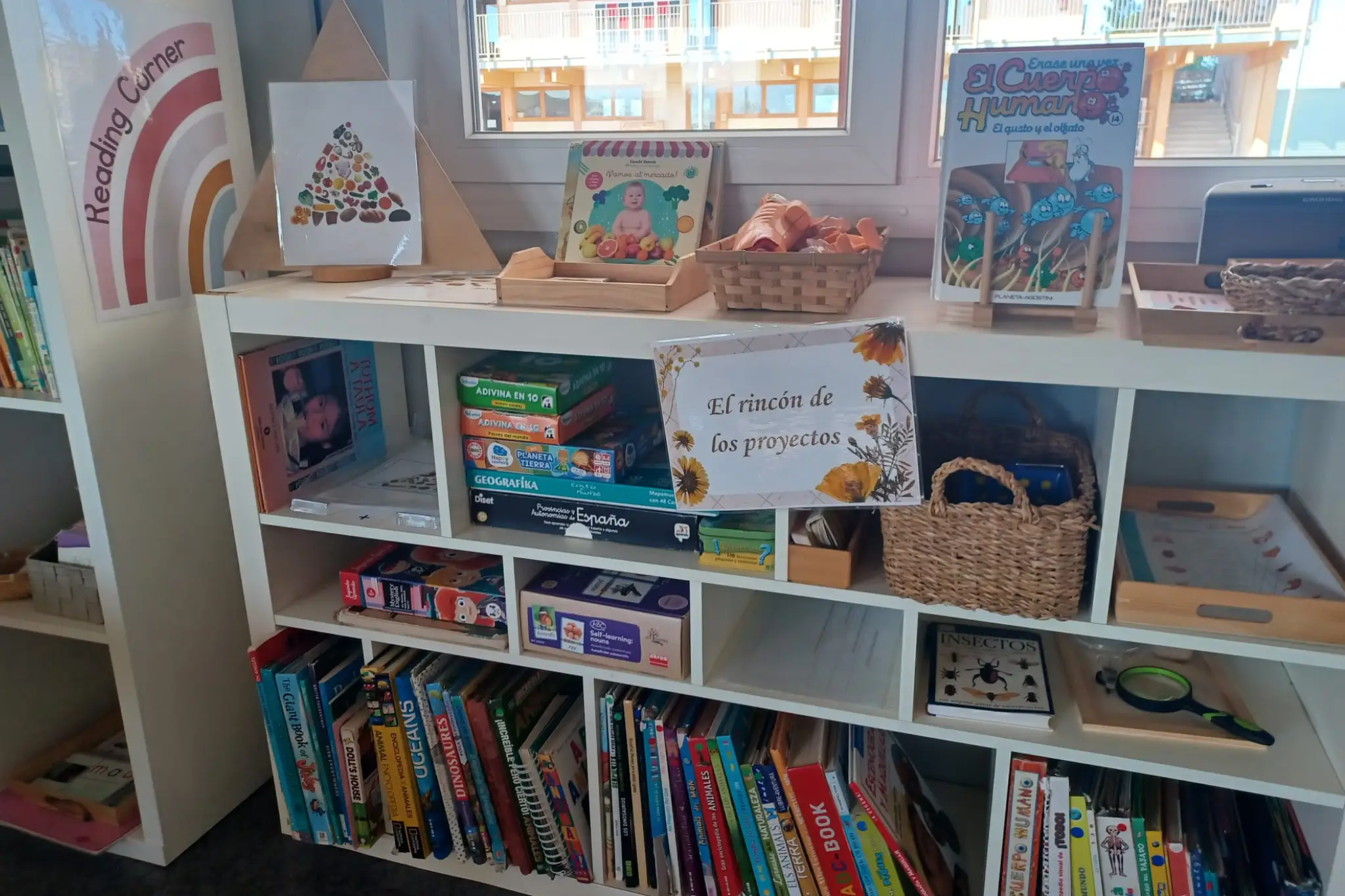
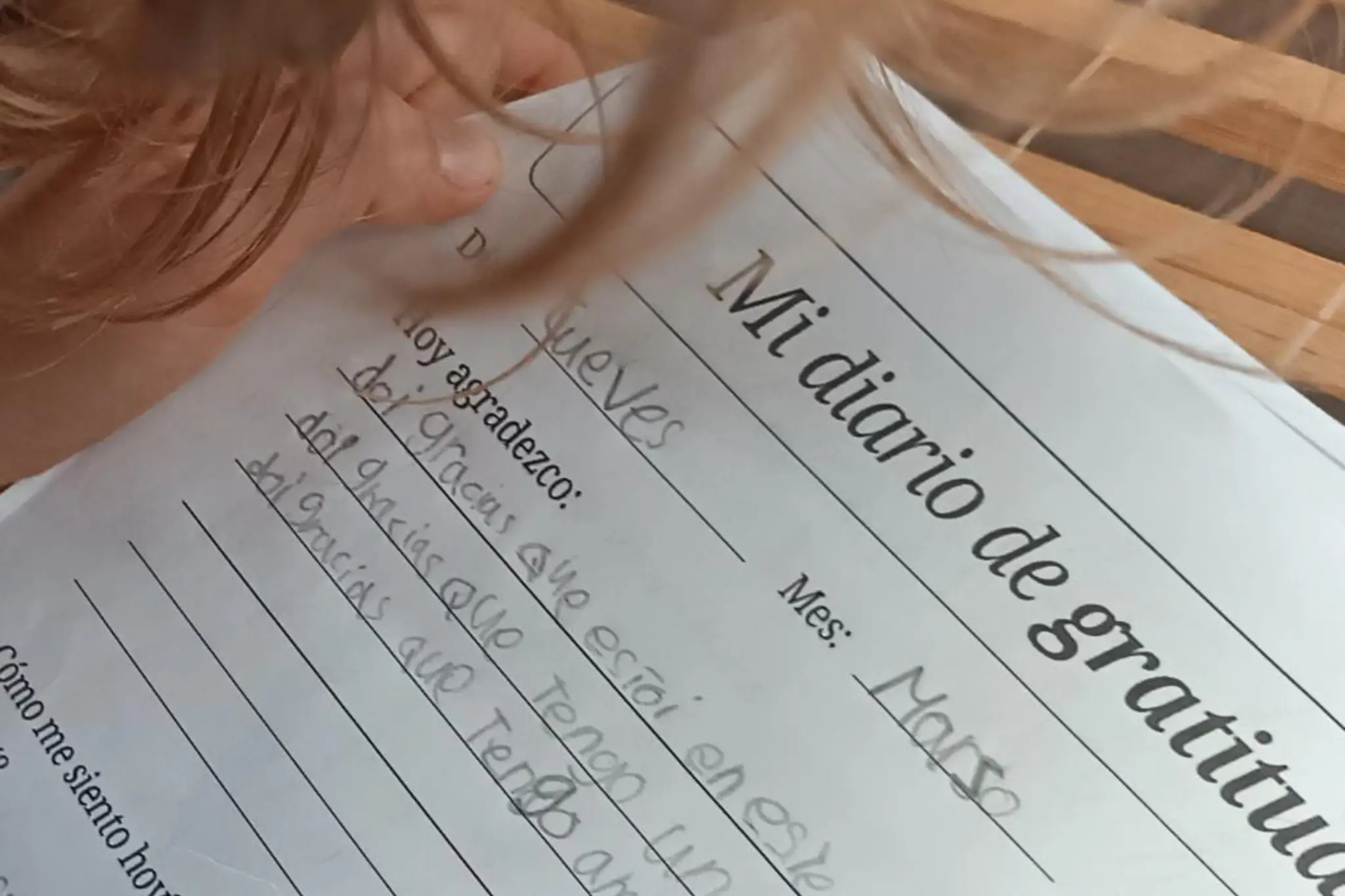
Workshops
This is a targeted educational proposal focusing on a specific activity designed to work on a particular curricular content and to carry out a type of learning where the entire group works together in a playful and hands-on way. It covers all curricular subjects (science, mathematics, language, history, physical development, etc.) and is complemented by other more diverse contents that touch on other learning areas in an enriching manner, always aimed at sparking the natural curiosity and thirst for learning that children inherently possess (sign language, model making, music, theater, journalism, DIY, gardening, dance, psychomotricity, digital resources, film, values, cooking and civilizations, yoga, etc.). The free choice of workshops promotes the child’s decision-making ability, autonomy in creating their own schedule, commitment to attend and take responsibility for the spot assigned to them, as well as the opportunity to gradually reveal their personal interests and talents by offering the chance to go beyond curricular content to explore other fields which, without these workshops, they might not discover until adulthood.
Some workshops for this stage include: Affective-sexual education, Aricanta, Art, Dance, DIY, Catalan, Science, Cooking and Civilizations, Physical Development (swimming in the third term), English, Math, Music, Journalism, Psychomotricity, Challenges, Theater, Yoga…
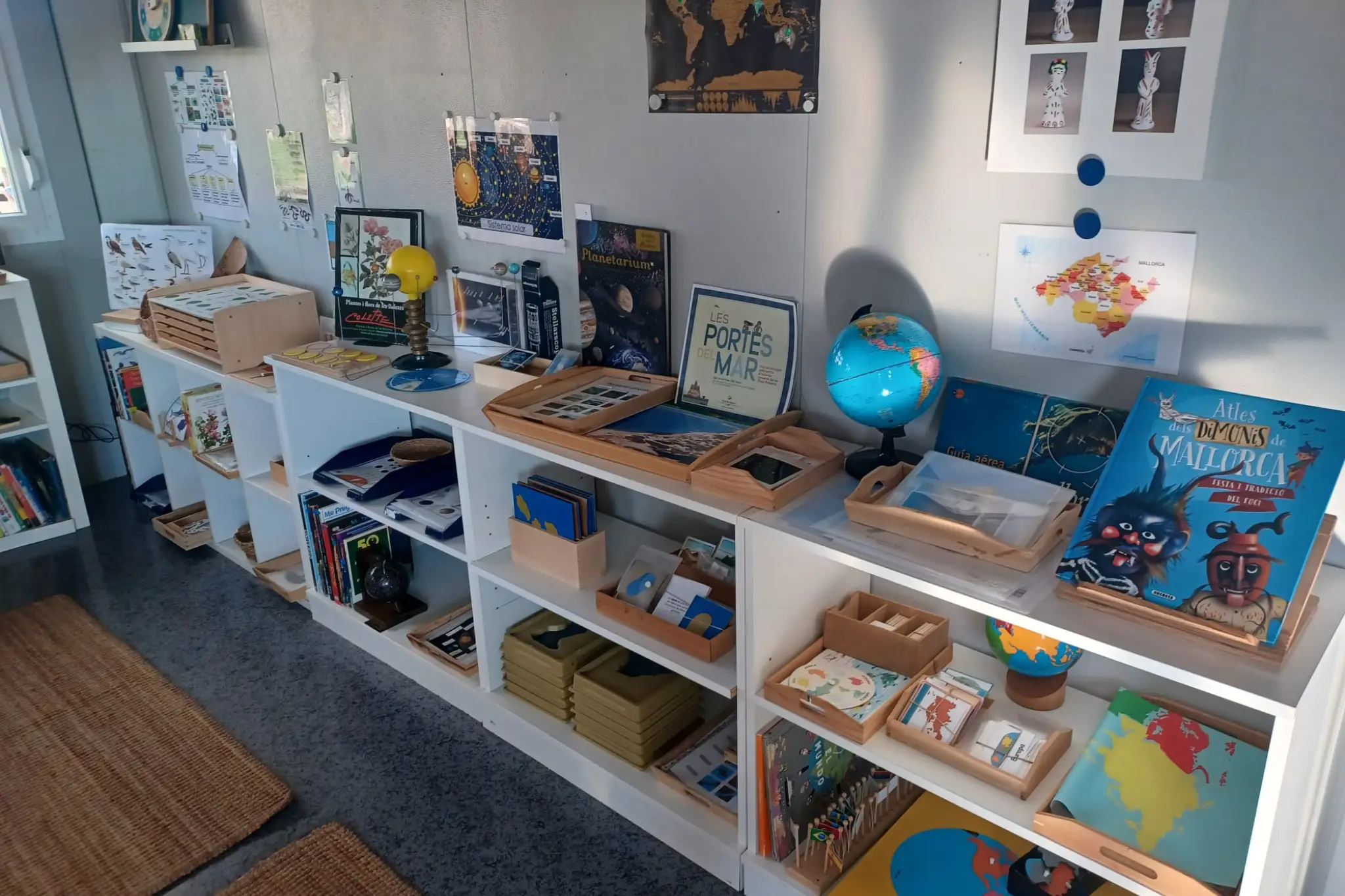
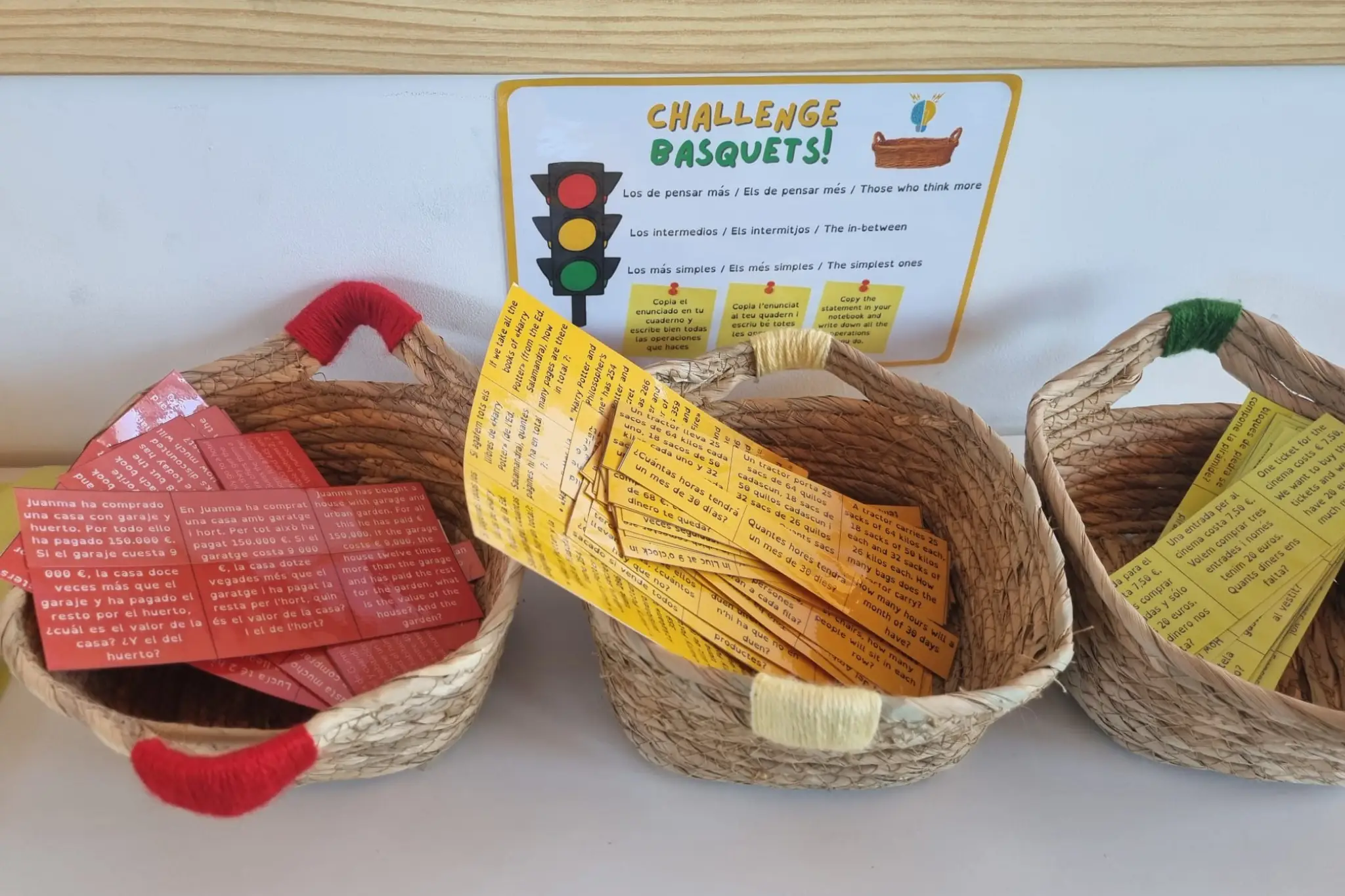
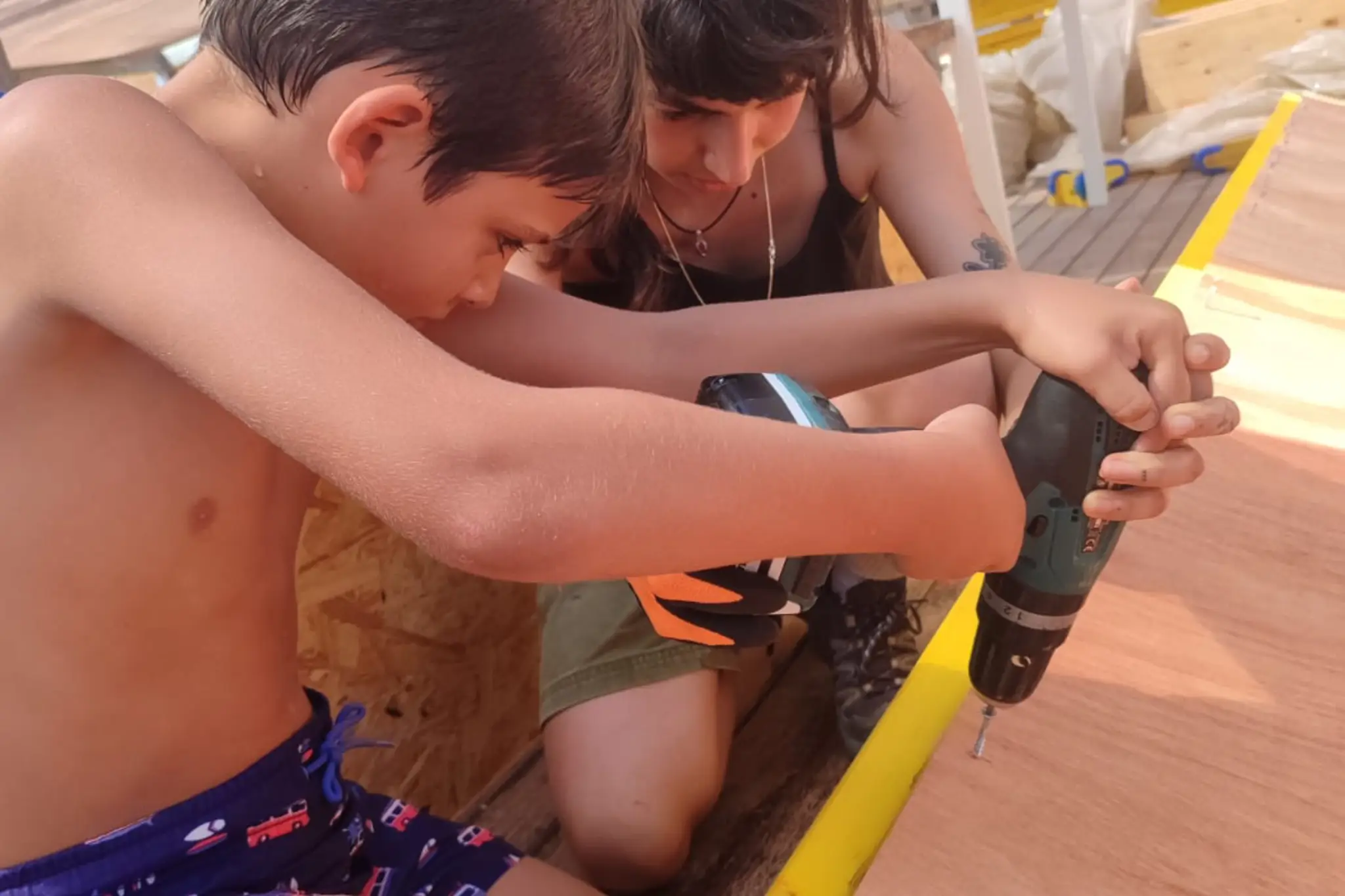
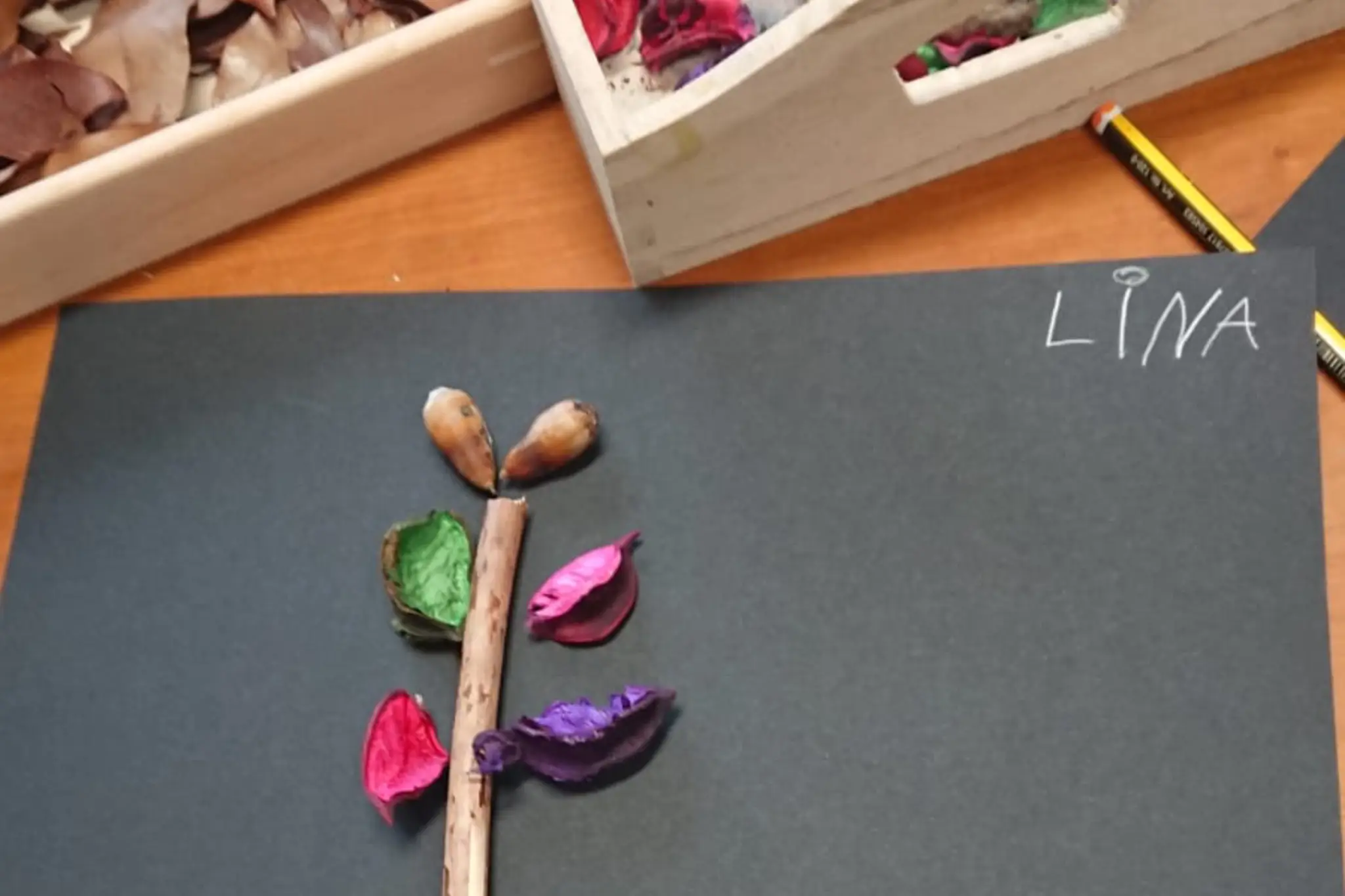
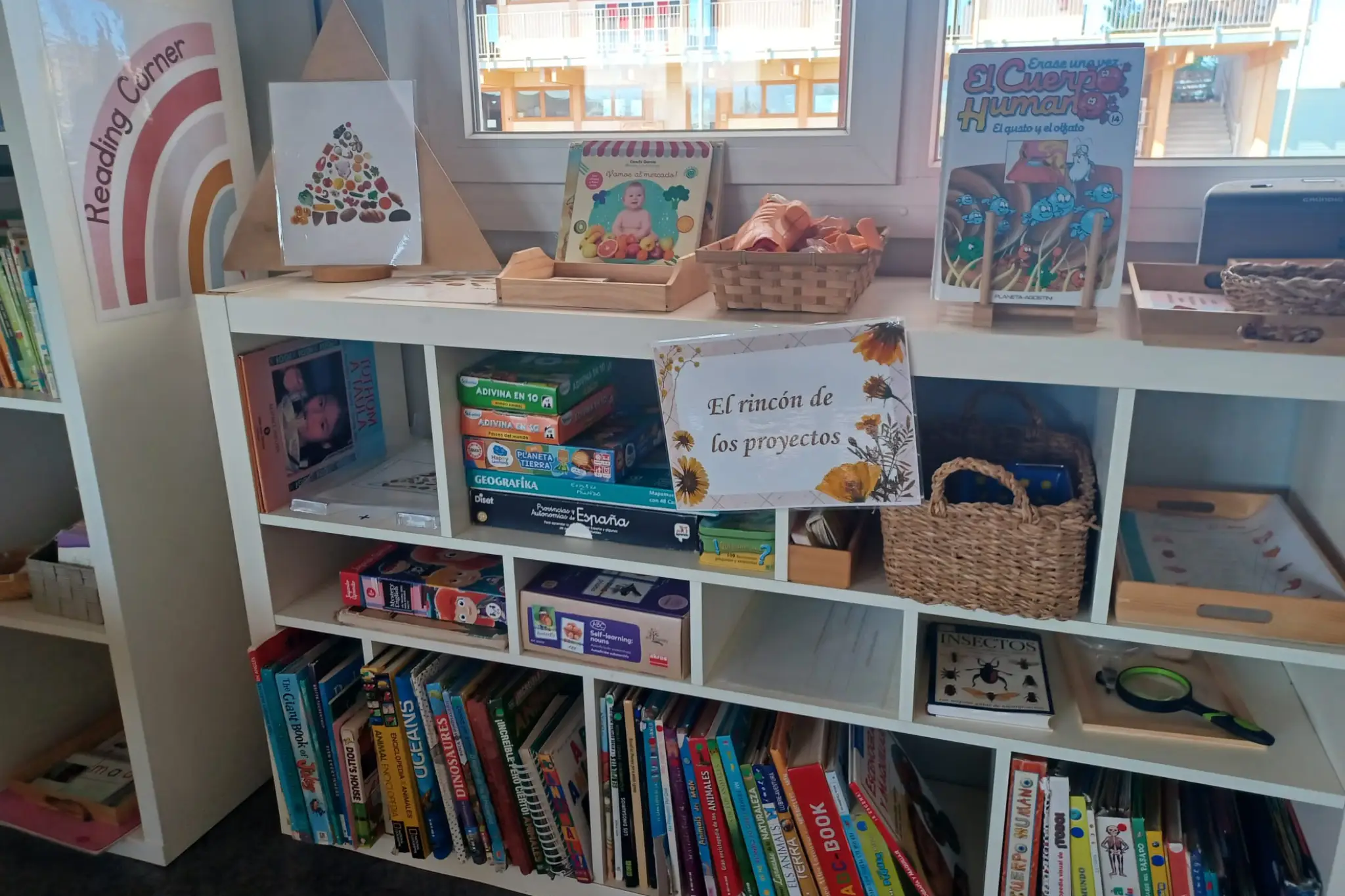
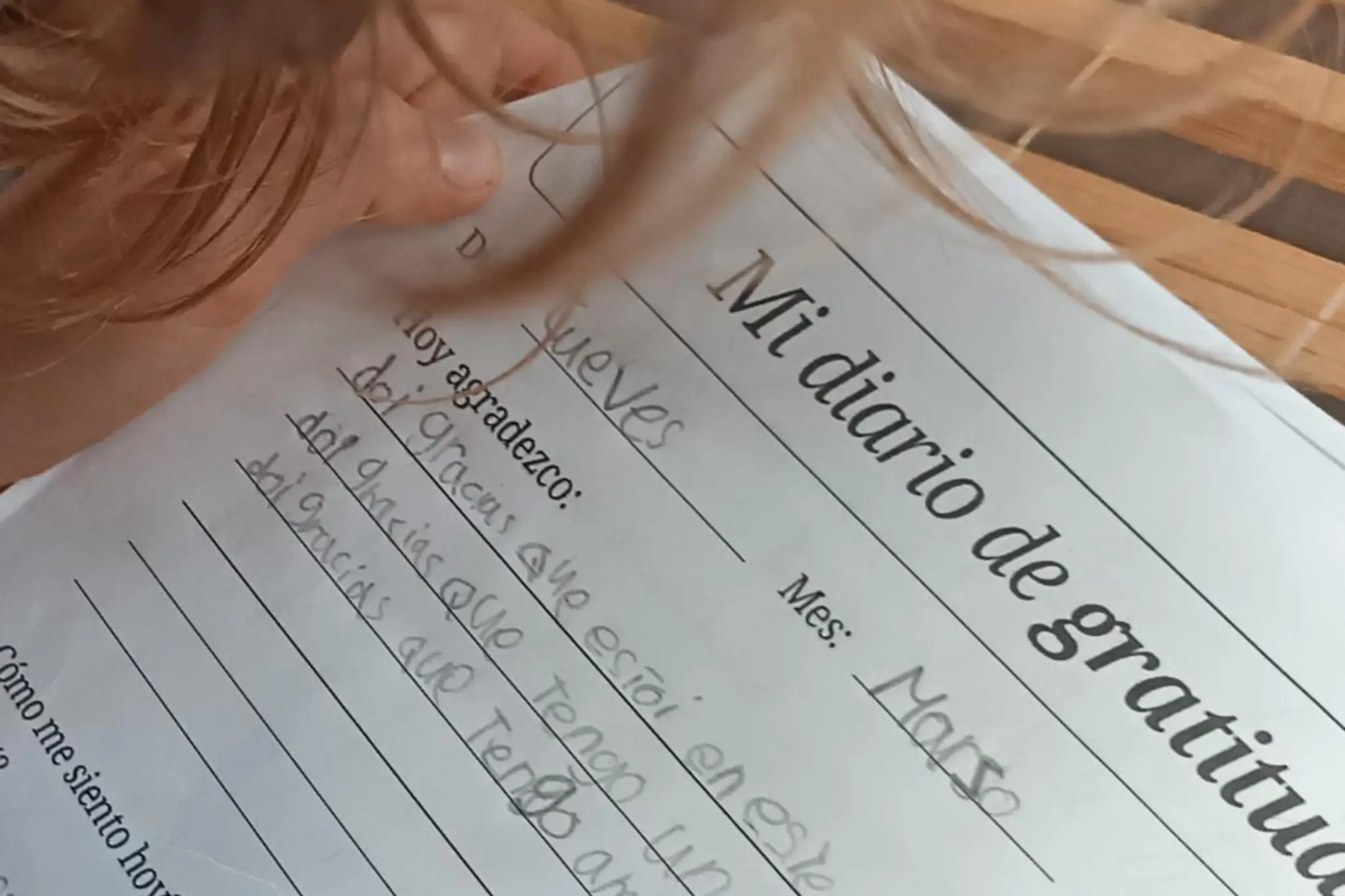
Projects
These are proposals that arise from the children’s interests. Once they choose the topic, the projects develop in three stages: a preliminary research phase, a development and elaboration phase, and a final presentation phase before the group. The presentation aims to avoid typical presentation methods and instead emphasize more creative formats, which could translate, for example, into a dynamic workshop involving all classmates or materials that remain in the environment for future work by other children, among others. The projects are designed to promote research driven by personal interest, the ability to structure and synthesize content, creativity in presenting it in an innovative and engaging way for the team, and the capacity to draw conclusions from the completed project.
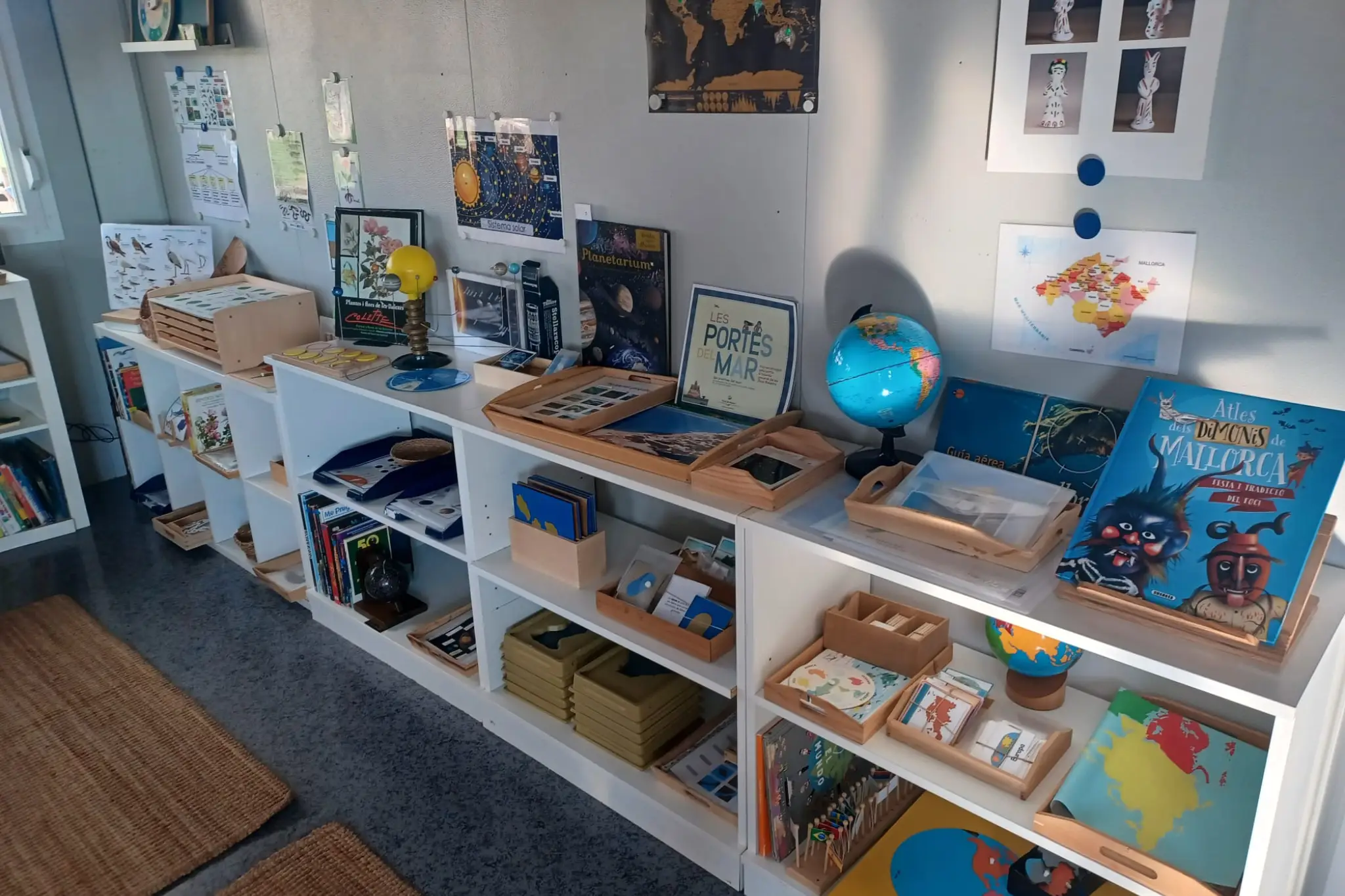

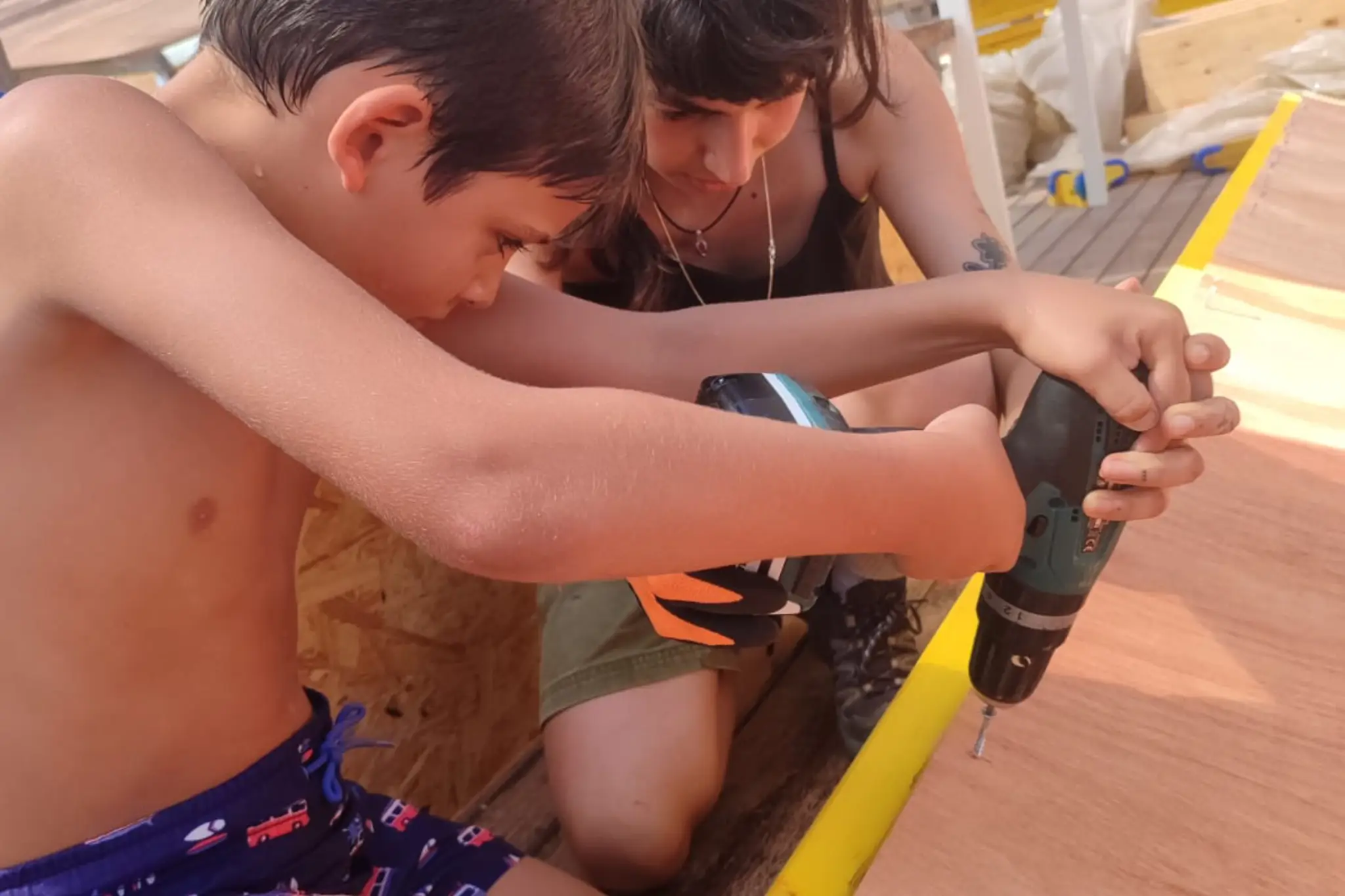
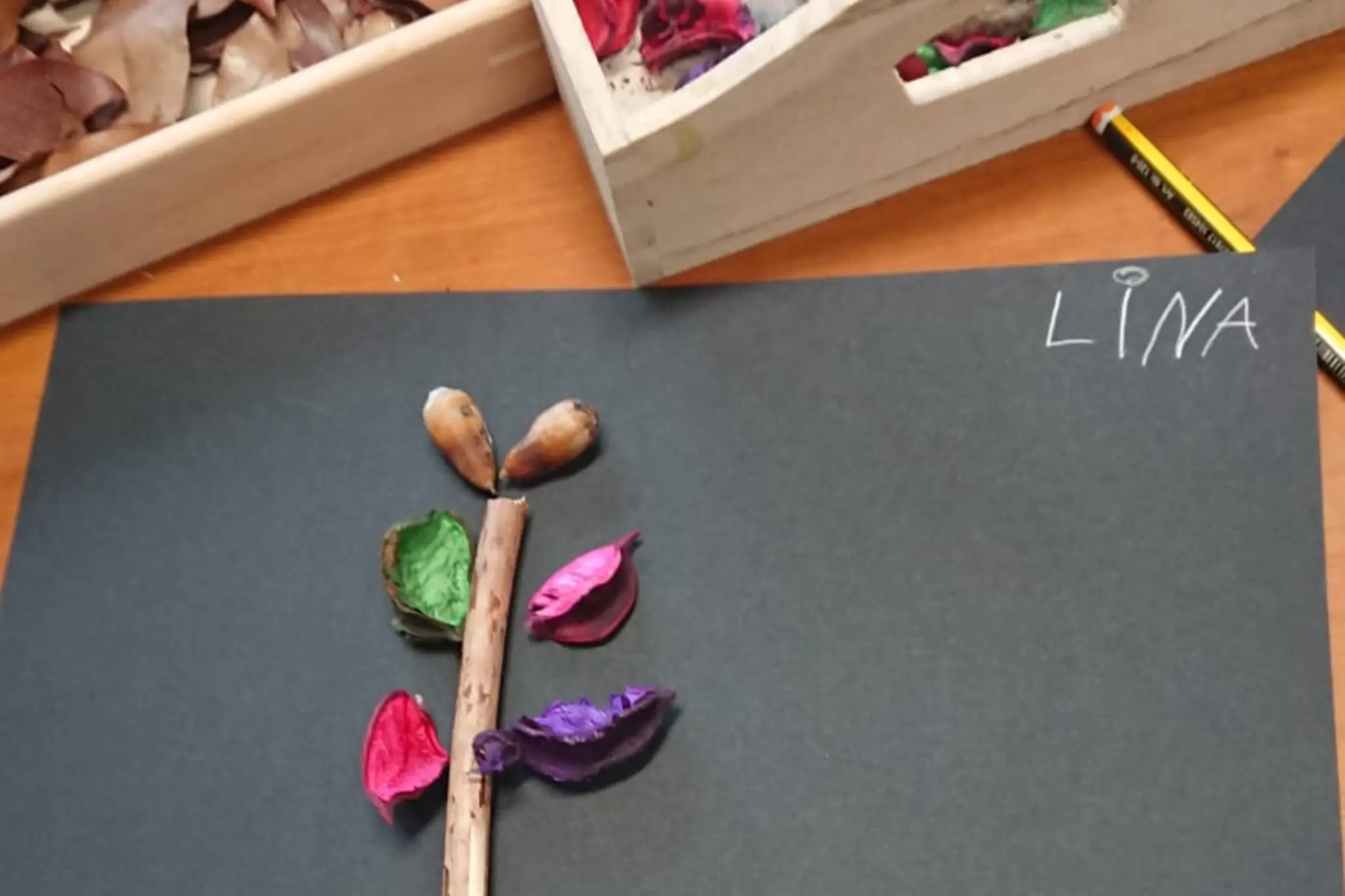
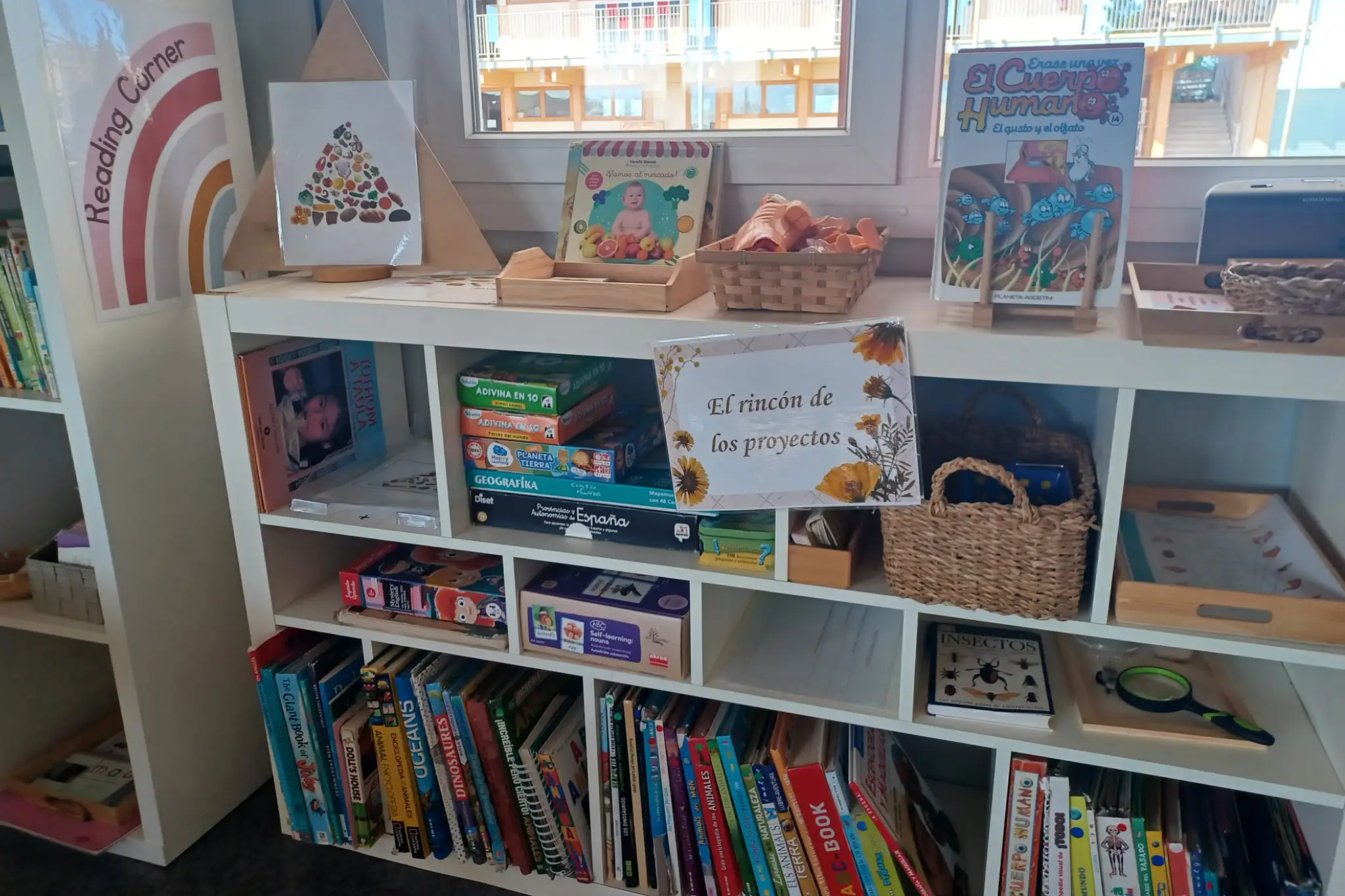
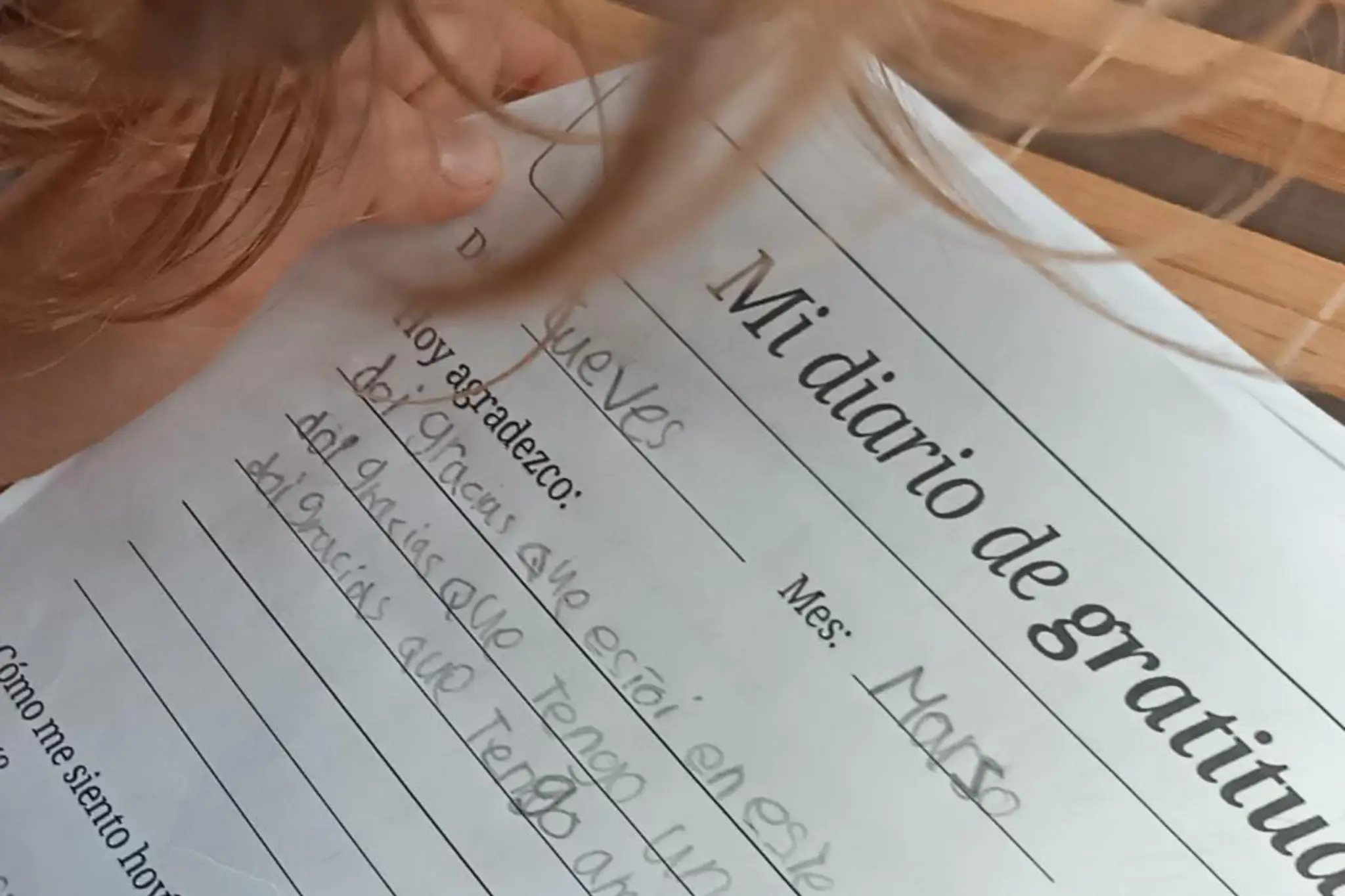
Evaluation
We conduct continuous evaluation of each child’s development. Our primary tool is the Platform, a custom-designed system to document the unique social, emotional, and cognitive growth of each student, as well as their progress through workshops, projects, and environments.
The data is stored and organized in detail, allowing us to know exactly where each child is in their learning journey. The platform also generates graphs showing each child’s learning progress in various subjects, helping us evaluate individuals, groups, cycles, and the school overall.
At Arimunani, children are the protagonists of their own learning. Therefore, through self-assessments, self-assessments, they become aware of what they have learned during the week, their level of commitment, whether they were emotionally stable or unstable, and how that affected their learning. It helps them focus, know if they need to put in more effort, look inward to recognize what is easier or harder for them to learn, and set their own goals to continue progressing.
These goals are grouped into individualized learning plans for each child, which we call Itineraries, and are reviewed during tutoring sessions to evaluate progress on the short- and long-term objectives we have set.
When students are ready, they are invited to take on a challenge. A challenge is an activity designed to apply a specific learning and see if it has been fully integrated. In secondary school, these challenges are called exams, but their evaluation is qualitative rather than numerical. In high school, these exams no longer differ from those at other educational centers or institutes and are designed to align with traditional education for students continuing their studies after leaving Arimunani.

